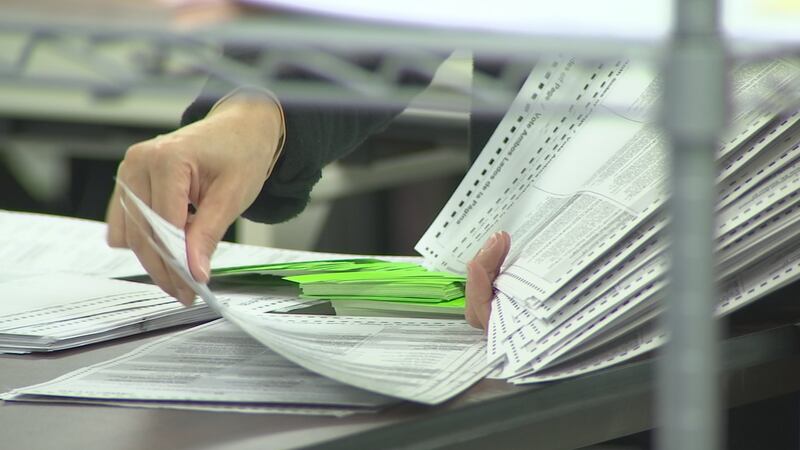ORLANDO, Fla. — The votes have been counted, at least in Florida.
Of the 11 million Floridians voting in the election, many were first-time voters.
Michael McDonald, professor of political science at the University of Florida, said the state’s “battleground” status drew increased attention from the campaigns which translated to increased engagement.
READ: Florida reports 74 coronavirus-related deaths, 6,900 new cases
“You don’t get (record) high of a turnout with only Democrats showing up to vote,” McDonald said. “You have to get both Democrats and Republicans voting, and you also have to give people who aren’t really normally participating in the political process.”
Younger voters and minorities, groups that traditionally have lower turnout, voted in high numbers Nov. 3, McDonald said.
“Not only high-propensity voters voted at their high rates, also low-percent voters voted. Younger people, people of color, lower-education people, people who have lower turnout rates,” he said.
WATCH: ULA Atlas V rocket carrying spy satellite successfully launches after brief delay
Another take away from the 2020 election were the methods people used to vote.
Democrats who traditionally vote in person dominated the vote-by-mail option, while Republicans dominated early and day-of voting.
McDonald said this could be a silver lining for Democrats as Florida vote-by-mail requests are good for two election cycles.
READ: Video released in case of Brevard veteran who died while in custody in 2018
“This should give the Democrats a slight advantage in the 2022 election,” he said. “Of course there are other factors at play, so this won’t be determinative.”
Experts think as more states certify election results, there will be more surprises as information about voters, voting patterns and vote-by-mail rejection rates are tallied nationwide.
WFTV








